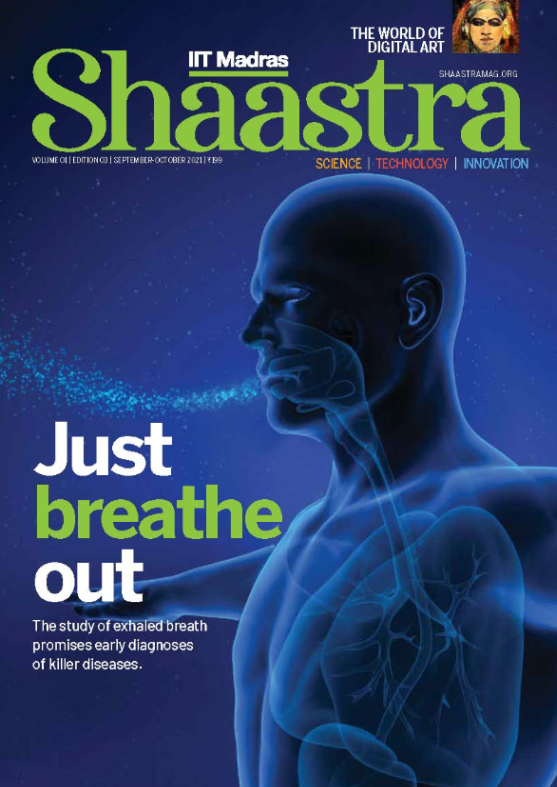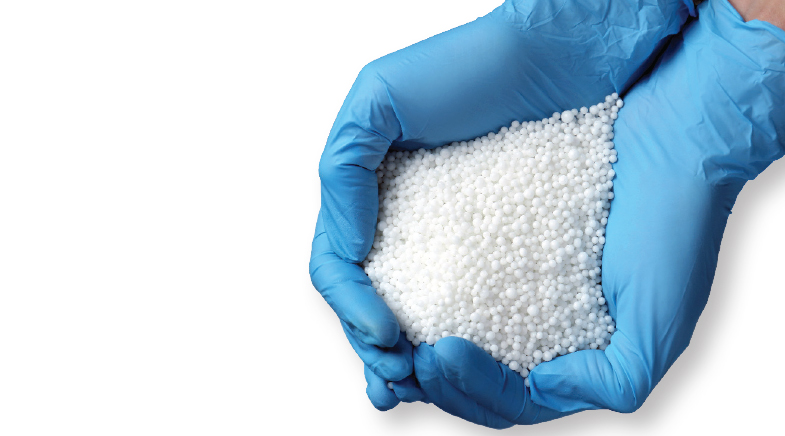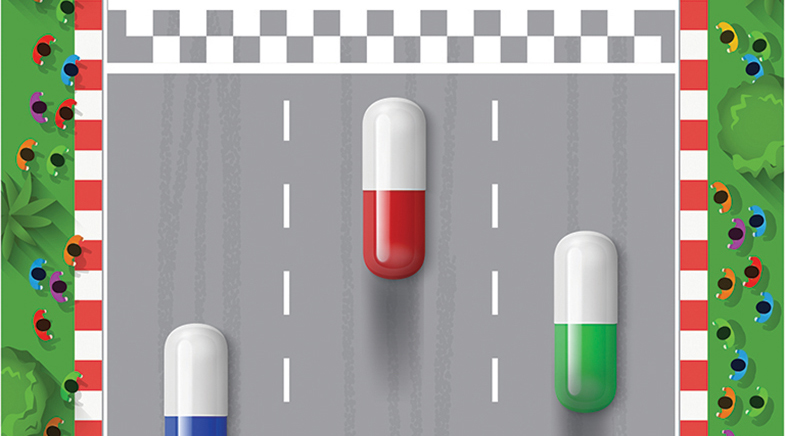The inside story
-
- from Shaastra :: vol 04 issue 03 :: Apr 2025

Researchers are conducting a 'gut check' on India's most isolated indigenous communities. Here's why...
Some years ago, Niraj Rai and Maanasa Raghavan were in Kodagu (formerly Coorg), in Karnataka, on a project on population histories. There, the researchers learnt about a community that lived in isolation in the hills, but came to the villages in the harvest season to work as farm labour. Marvelling at the usually isolated lives of the community, the two wondered how their digestive systems reacted to the "modern foods" that they consumed when they were in populated areas.
Six years ago, Rai, who heads the Ancient DNA Laboratory at the Birbal Sahni Institute of Palaeosciences (BSIP), Lucknow, and Raghavan, an Assistant Professor of Human Genetics at The University of Chicago, U.S., embarked on a project to document the impact of changed lifestyles on the gut microbiomes of isolated populations.
Gut microbiome is a term used to describe the microbes, including bacteria, yeast and fungi, which live in the digestive tract of animals, largely in a symbiotic relationship. In return for board and food, these microbes help the host in many ways. They regulate homoeostasis, help in the digestion and absorption of food, produce vitamins and other essential nutrients, regulate the immune system, and prevent the onset of non-communicable diseases such as diabetes, cardiovascular problems, and even some cancers.
PAST ISSUES - Free to Read


Have a
story idea?
Tell us.
Do you have a recent research paper or an idea for a science/technology-themed article that you'd like to tell us about?
GET IN TOUCH














